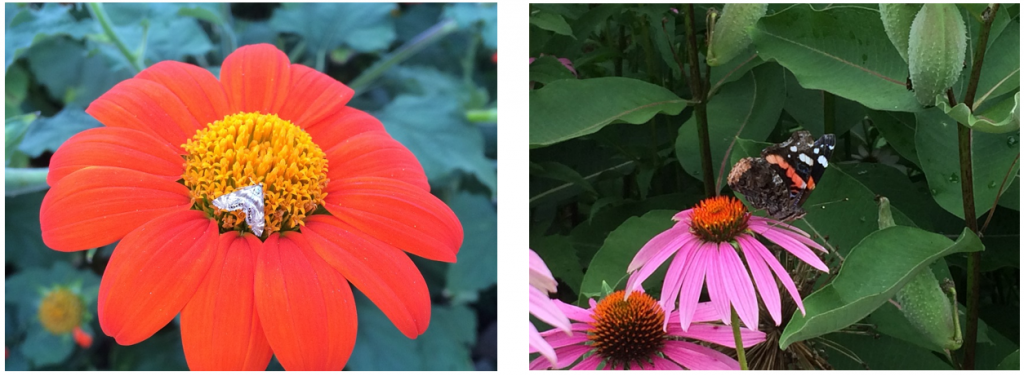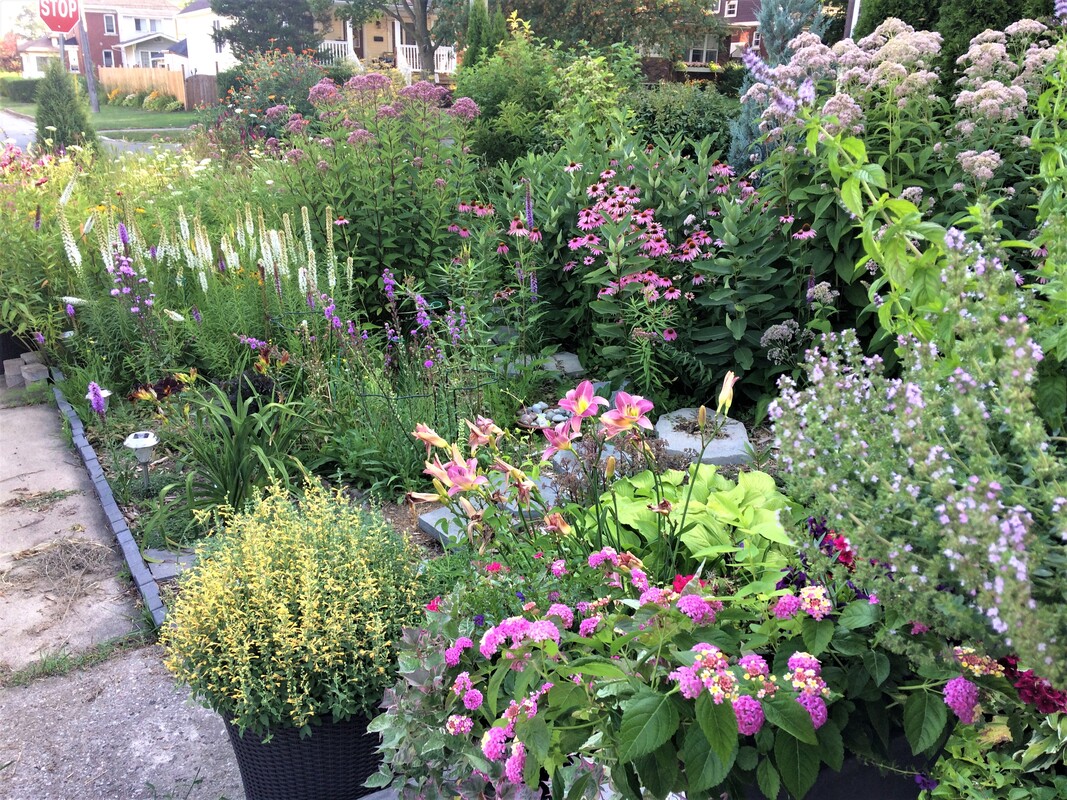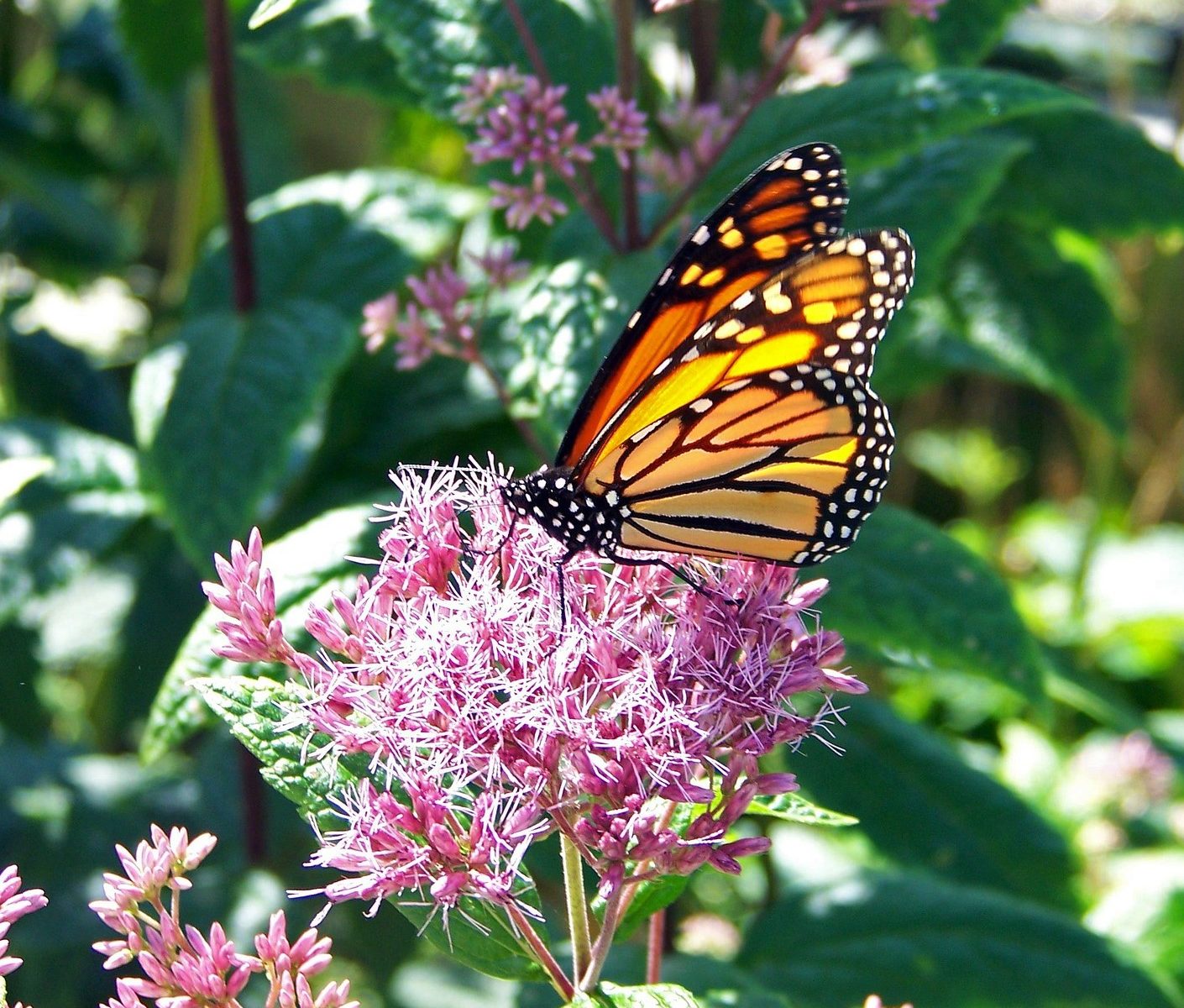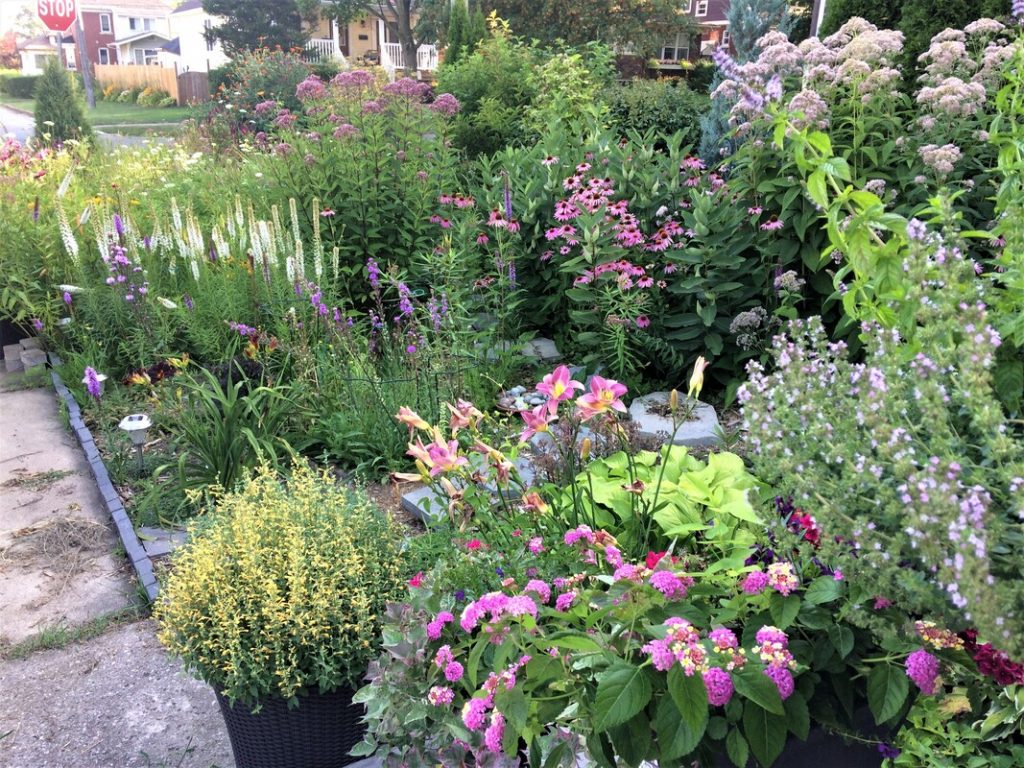
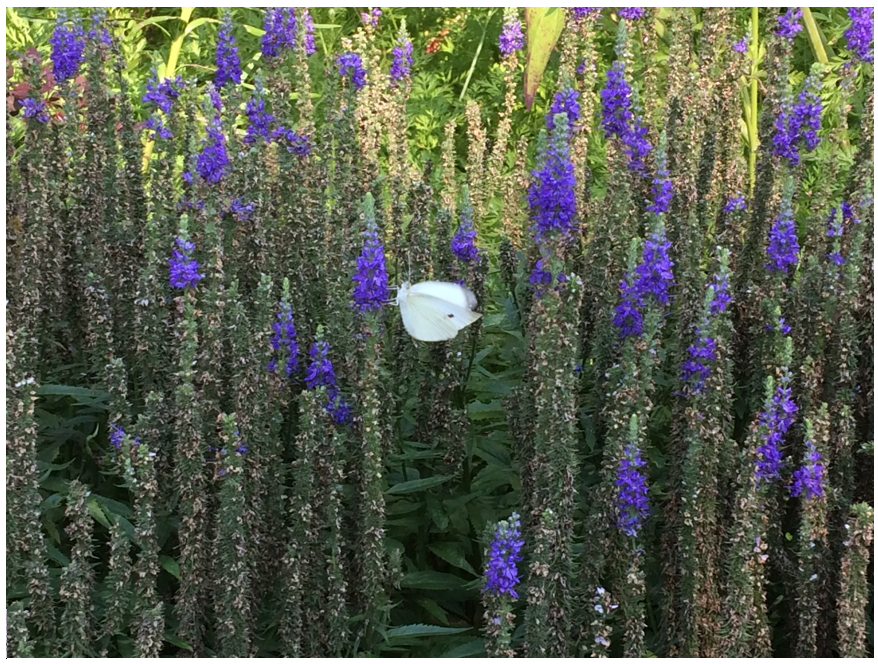
My taste in gardens has transformed and in my opinion it has matured. It has deepened in understanding and stems from humility. I know it is not all about me.Gardening is all about the world, creation, the environment, and other beings. It is about giving, honoring and respecting.
Do gardening and values go hand in hand? They certainly do! An amazing benefit of gardening – you connect with extraordinary people, other gardeners with similar values. How enriching!
Talking about being connected; Imagine standing all alone surrounded by plants and complete silence with no movement whatsoever. No birds need it, it doesn’t provide anything but eye candy to the garden owner. Feels lonely, right? Now imaging being surrounded with plants that are interacting with winged creatures of different sizes, orders and families and their off-springs. Plants invite them, feed them offer them shelter. Now there is sound and movement. Now there are a host of friends congregating in the space you created. Now it is a hole different story, isn’t it? There is life buzzing all around, but more importantly, there are relationships. In a garden there is a give-give relationship. You create and give, and what you need comes to you, somehow. If you possess humility – it comes to you by grace, and that is special. When a relationship develops with balance and harmony everybody prospers and the relation perpetuates through cycles of seasons and times.
For the last three years, all summer long we have been seeing the calming, gentle flight of monarch butterflies dancing like angels in the air, sometimes we see courtship and mating. They remain in our garden until late fall. We see them in groups right outside our living room window. They seem to like the backyard forest garden too. We see hummingbirds drawn to the bright red crocosmia. Robins and I share the delicious serviceberry crop, and in the fall, goldfinches rest on top of the coneflower’s seed heads and eat them.
Chickadees come to the Joe Pye Weed and we often see cardinals and sparrows too.
When you plan to plant something new, are you seeking the newest exotic cultivar that will pull human eyes but have no provision to offer to anyone, human, animal or insect? I suggest to become relationship minded. Think communities, families and friends. Not only people friends – plant communities, plant and insect relationships, plant-bird relationships. Plant-human relationships. Paradoxically, humans will come to congregate too because they will feel the prosperous health of your garden.
Think of selecting into your community those individuals that have at least two things to offer others. That creates a winning team. Those active members that live to help and support. If you think like this you will create an ecosystem that will change your world.
Design a garden in which you are only a part, an element in it and you will never be alone.
Join the kingdom of natural friendships.
With friendship,
Sharona
